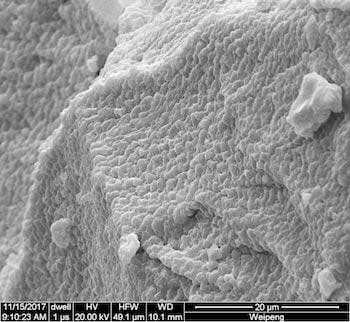 Mixing two brittle materials to make something flexible defies common sense, but scientists have done just that to make a novel dielectric.
Mixing two brittle materials to make something flexible defies common sense, but scientists have done just that to make a novel dielectric.
Friday, May 10, 2019
Brittle pals bond for flexible electronics
 Mixing two brittle materials to make something flexible defies common sense, but scientists have done just that to make a novel dielectric.
Mixing two brittle materials to make something flexible defies common sense, but scientists have done just that to make a novel dielectric.
Smallest pixels ever created could light up color-changing buildings
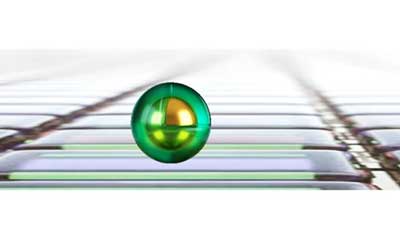 The smallest pixels yet created - a million times smaller than those in smartphones, made by trapping particles of light under tiny rocks of gold - could be used for new types of large-scale flexible displays, big enough to cover entire buildings.
The smallest pixels yet created - a million times smaller than those in smartphones, made by trapping particles of light under tiny rocks of gold - could be used for new types of large-scale flexible displays, big enough to cover entire buildings.
Better microring sensors for optical applications
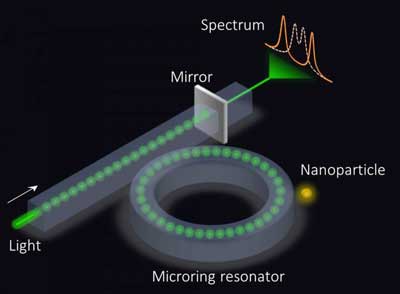 Tweaking the design of microring sensors enhances their sensitivity without adding more implementation complexity.
Tweaking the design of microring sensors enhances their sensitivity without adding more implementation complexity.
A surprising experiment opens the path to new particle manipulation methods
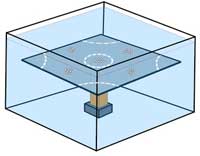 Unexpected result from acoustics experiment could have applications in biomedical and microsystems research.
Unexpected result from acoustics experiment could have applications in biomedical and microsystems research.
2D insulators with ferromagnetic properties are rare; researchers just identified a new one
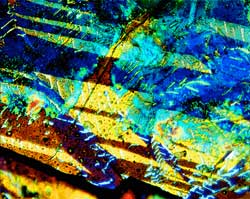 have discovered a new layered ferromagnetic semiconductor, a rare type of material that holds great promise for next-generation electronic technologies.
have discovered a new layered ferromagnetic semiconductor, a rare type of material that holds great promise for next-generation electronic technologies.
Speeding up drug discovery with nanoparticle-filled, zombie-like cells
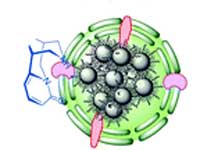 Researchers are using zombie-like cells that behave normally on the outside, but are filled with magnetic particles inside, to screen potential drugs from natural products.
Researchers are using zombie-like cells that behave normally on the outside, but are filled with magnetic particles inside, to screen potential drugs from natural products.
Ambient nanobionic plant illumination could light the way for greener buildings
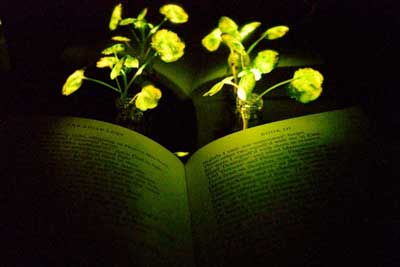 Collaboration between architect and chemical engineer could be at the center of new sustainable infrastructure for buildings.
Collaboration between architect and chemical engineer could be at the center of new sustainable infrastructure for buildings.
Graphite film coating makes perovskite solar cells waterproof
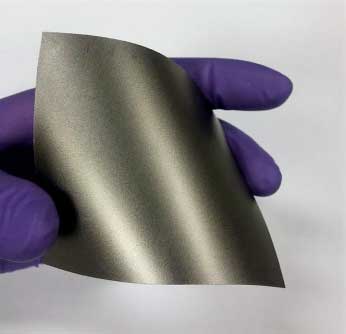 Researchers tested the waterproofing by submerging the coated perovskite cells in water and using the harvested solar energy to split water into hydrogen and oxygen. The coated cells worked underwater for 30 hours - ten hours longer than the previous record.
Researchers tested the waterproofing by submerging the coated perovskite cells in water and using the harvested solar energy to split water into hydrogen and oxygen. The coated cells worked underwater for 30 hours - ten hours longer than the previous record.
Computing faster with quasi-particles
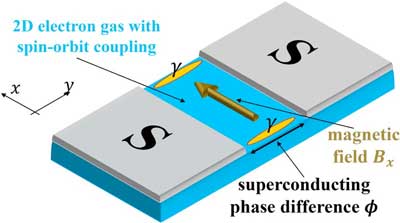 Researchers have made an important step on the road to topological quantum computers. Whereas previous experiments in this field have mostly focused on one-dimensional systems, the team succeeded in going to two-dimensional systems.
Researchers have made an important step on the road to topological quantum computers. Whereas previous experiments in this field have mostly focused on one-dimensional systems, the team succeeded in going to two-dimensional systems.
Creative geometry: Researchers create 'impossible' protein nanocages with the help of gold
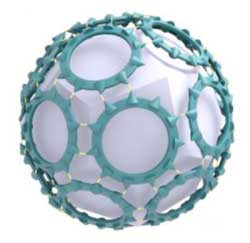 Researchers from an international collaboration have succeeded in creating a protein cage - a nanoscale structure that could be used to deliver drugs to specific places of the body - that can be readily assembled and disassembled but that is also extremely durable, withstanding boiling and other extreme conditions.
Researchers from an international collaboration have succeeded in creating a protein cage - a nanoscale structure that could be used to deliver drugs to specific places of the body - that can be readily assembled and disassembled but that is also extremely durable, withstanding boiling and other extreme conditions.
Subscribe to:
Comments (Atom)
